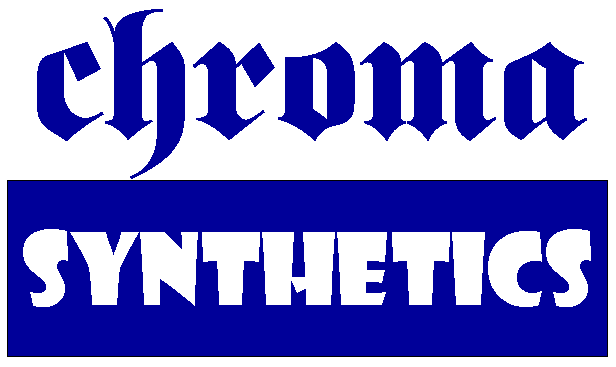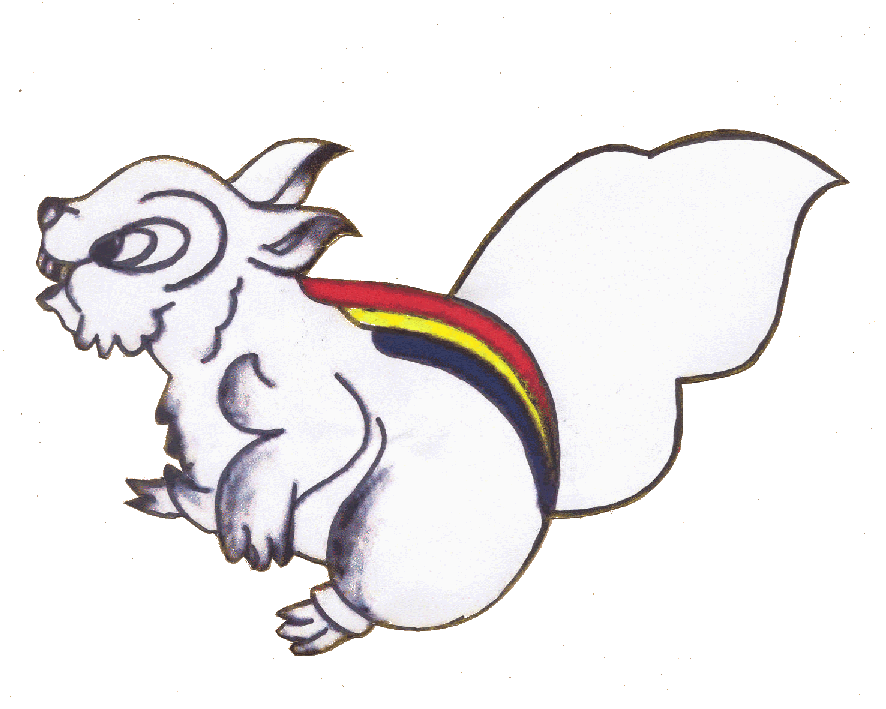   | |
| the nature provides the richest spectrum of living colors we are next to the nature |
|
|
|
|
| the company | about paints | choosing paints | our products | product data | contact us |
|
|||||||||||
GLOSSARY OF SOME TECHNICAL TERMS USED IN PAINT INDUSTRY Abrasion Resistance : The property of a surface that resists being worn away by rubbing or friction process. Abrasion resistance is not related to hardness, it is more comparable with toughness.Acrylic : A synthetic resin used as a binder in high-performance water-based coatings.Adhesion : The ability of dry paint to attach to and remain fixed on the surface without blistering, flaking, cracking or being removed by tape. There are two main types often mentioned , viz. Mechanical Adhesion and Chemical Adhesion. The former is an interlocking of two materials because of shape, texture etc causing the two materials to remain affixed together. This is also known as "Tooth". The latter is a chemical reaction of two materials that bonds the two together.Advancing Colors : Colors that give an illusion of coming forward, such as warm hues with predominance of red-orange, giving a stimulating sensation to the eye.Agglomeration : A condition in which pigment particles collect in groups forming larger particles.Aliphatic : A term usually applied to petroleum products derived from a paraffin base crude oil. These are sometimes also called "straight chain hydrocarbons". Gasoline, thinners / solvents, naphtha, kerosene etc are some of the aliphatic hydrocarbons.Alkyd : Resinous condensation products, usually of glycerol, plasticized with fatty acids from various vegetable oils. This is a mostly used resin for varnishes and oil paints.Biocide : Substance that is used to inhibit growth, kill or permanently destroy bacteria, fungi, and other micro-organisms.Bleeding : When color of a dye, stain or pigment in an undercoat passes through top coat and produces an undesirable appearance, it is said to be "bleeding". This can be normally eliminated by an intermediate coat of shellac or aluminium paint or a "stain killer".Blistering : Formation of dome-shaped projections in paints or varnish films resulting from local loss of adhesion and lifting of the film from the underlying surface.Blushing : Term is applied to lacquers becoming partially opaque, cloudy or translucent on drying. Main cause of this is moisture condensation during drying period.Boxing : Method of mixing paint in which the liquid is repeatedly poured from one container to another. It is a standard method to ensure uniformity prior to application.Brittleness : Tendency to crack or flake when bent or stretched.Chalking : Formation of powder on the surface of a paint film caused by disintegration of the binder during weathering. Can be affected by the choice of pigment or binder.Checking : Slight breaks in the surface of the paint film. Breaks are called "checks" if the underlying paint films are visible.Chipping : Separation of paint from underlying substrate in flakes or chips.Cloudy : Dried varnish or enamel appearing as a haze.Coagulation : An undesirable changing of resin particles in latex paints into rubber like mass. Usually caused either by freezing or by heat /chemical / catalytic agents.Color Retention : Ability of the paint to keep its original shade of the color. Major threats to color retention are exposure to ultraviolet radiation and abrasion by weather or repeated cleaning.Cool Colors : Hues with predominance of blue, as opposed to "warm" shades. Cool hues are also called "receding colors" as opposed to "advancing colors".Copper Stains : Yellowish or brownish discoloration or stain caused when copper corrodes, and the compounds are allowed to flow over or deposit on a painted surface. Copper stains are best prevented by application of paint or varnish on all copper screens or other copper surfaces.Covering Power : Ability of a coating to cover a surface, expressed in square feet per gallon or square metres per litre.Crawling : Tendency of a liquid to draw up into drops or globules due to abnormally high surface tension or a very hard, slick or greasy surface.Crazing : Fine lines or very small surface cracks on paint films.Crocking : Removal of color by abrasion or rubbing. Term is applied to flat or matt finish paints when color comes off on a sponge or rag during washing.Curing : A process whereby a liquid coating becomes a hard film.Depth of Finish : A desirable visual impression usually gained by viewing a thick film of varnish or enamel of excellent smoothness or evenness.Dispersed : Finely divided or colloidal in nature, such as pigment particles completely separated in a binder as compared with several pigments particles stuck together.Emulsion Paint : Coating in which resins are suspended in water, then flow together with the aid of an emulsifier, eg latex paint.Epoxy : Extremely tough (highly resistant to chemicals, abrasion, alcohol and moisture) and durable synthetic resin used in some coatings.Extender : Ingredients added to paint to reduce cost, achieve better durability, alter appearance, control rheology and influence other desirable properties, eg. coating performance. Some common extenders include clay, gypsum, silica, talc, etc.Filler : An inert or extender pigment, eg. barites, powder mica, whiting, etc.Flash Point : Ignition temperature of the saturated vapor of a thinner or solvent.Flexibility : Property of coating films that allows them to follow bending, stretching or shrinking of the substrate without cracking or loss of adhesion.Floating : "Flooding" in which the final color is non-uniform, streaky or spotty. This happens when two or more colored pigments are used together and one has a tendency to float to the surface.Flocculation : Proces of agglomeration by which dispersed particles come together and either settle out or form a gel.Frosting : Condition manifesting itself as a semi-opaque or translucent coating as in a crystalline structure.Glazing : Process of applying transparent or translucent pigments such as raw sienna, burnt sienna, etc on a painted surface to produce certain blended effects, as in antiquing.Gloss : Luster or shininess or light reflecting property of a surface. Following gloss levels are globally used, in increasing order.
Gloss Meter : Device for measuring the light reflectance of coatings.Gloss Retention : Property of retaining the original gloss of a coating – not becoming flat or dull.Graininess : Undesirable appearance of a pimply film due to aggregation of pigments.Ground Coat : Coat of materials applied before graining colors or glazing coat to give the undercoat the desired background color.Hardener : Curing agent for epoxies or fiberglass.Hardness : Ability of the surface to resist penetration or scratching.Hiding Power : Opacity of paint, or its capacity to cover/obliterate what lies beneath it.Hold-Out : Ability of a primer to seal a porous surface to prevent uneven gloss or color in top coats caused by unequal absorption of the top coat.Hot Spots : Areas in plaster that have not cured (due to excess of free lime or other reasons), to the degree that the rest of the wall has, which may attack paints because of excess active alkali.Inert : Term applied to the extenders that do not alter paint properties physically and chemically. Such extenders are added primarily to cheapen paint.Inhibitor : Material used to prevent rust or corrosion, or to arrest chemical reaction.Intumescence : Mechanism whereby fire-retardant paints protect the substrates. Such paints puff up when exposed to hight temperatures, forming an insulating protective layer over the substrate.Levelling : Ability of a coating to form a smooth level film, on either a horizontal or vertical surface, independent of the method of application.Mill White : White paints of enamel type for use on interior walls / surfaces of offices, industrial plants and school buildings, etc.Mileage : Term indicating square feet (or square metre) coverage over which a given amount paint (in gallons or litres) can be spread.Non-volatile : Part of the coating left after the solvent evaporates. Also called, "Solid Content" of the paint.Overspray : Coating material that does not strike directly the surface to be sprayed, and is therefore wasted.Permeability : Ability of a material, usually a liquid or vapor, to pass through a film.Piling : Defect of a wet coating film in which the coating does not level out smoothly due to application of too much coating in one spot.Pin Holding : Presence of tiny holes in the paint film.Pitting : Paint film marked by fine holes that do not go through substrate.Primer : First complete coat of paint of a painting system applied to a surface. Such paints are designed to provide adequate adhesion and sealing qualities to new surfaces or are formulated to meet the special requirement of the surface.Rain Spots : Defects on paint film caused by rain drops (that contain small amounts of mineral substances). Also, flat spots or discoloration in a dried film when newly painted surface is left in rain before the paint is set.Receding Colors : Colors that give an illusion of withdrawing into distance, e.g. cool colors with predominance of blue.Respirator : Mask worn over nose and mouth to prevent inhalation of toxic pigment particles that may be suspended in air during operation.Runs : Refer Sags below.Sags : Areas of uneven coating produced by flow of excessively thick layers of wet coating. Sags and runs differ only in the shape and size of the affected areas.Sealer : A coating designed to prevent excessive absorption of succeeding coats into porous surfaces or to prevent bleeding.Seeding : Undesirable formation of relatively large particles in a coating, due to agglomeration of the pigment or gelation of the vehicle (refer below)..Settling : Separation of pigments in paint.Spar Varnish : A varnish, with very high durability (resistant to rain, sunlight, heat), used for exterior exposure.Substrate : Any surface to which coating is applied.Tacky : Term used to describe the drying condition of a paint or varnish (also called "sticky"), a stage in drying when the finish is between wet and hard.Texture : General physical appearance or an impression created by surface structure. Texture generally infers an uneven or rough surface.Thermoplastic : Term is applied to materials that become irreversibly hard after heating and cannot be resoftened.Thinner : Volatile organic liquid used to adjust the consistency or modify the other properties of a coating. The part of the coating that evaporates during drying process.Thixotropy : Any change in consistency, of a paint or enamel, that occurs when allowed to stand in an undisturbed condition. Thixotropic generally infers a heavy bodied paint.Tooth : Condition of a flat (matte) or non-glossy surface that allows a succeding coating, film to adhere readily (Mechanical Adhesion).Toughness : Ability of a hard finish to resist bending, impacts or distortion without cracking (opposite of Brittleness).Undercoat : A coating film applied in preparation for a finish coat to be applied over it.Vehicle : Portion of a coating that includes all liquids and the binder. The vehicle and the pigment are two basic components of paint.VOC : Volatile Organic Compounds. Organic chemicals and petrochemicals that emit vapors while evaporating. In paint, VOC generally refers to the solvent portion of the paint which when it evaporates , results in the formation of paint film on the substrate.Volatile : Material that evaporates. Term is used to indicate relative rapidity of evaporation of a solvent.Washing : Type of film failure characterized by a surface that can be rubbed off, when wet, forming a soapy emulsion.Water-based : Coatings in which the majority of the liquid content is water.Water Spotting : Imperfection in dry paint film manifested by spotty changes in the color or gloss, caused by various factors such as emulsification or solution of water-soluble components. (refer Rain Spots)Wrinkle Finish : Varnish or enamel film that exhibits a novelty effect very similar to fine wrinkles or irregular ridges.
|